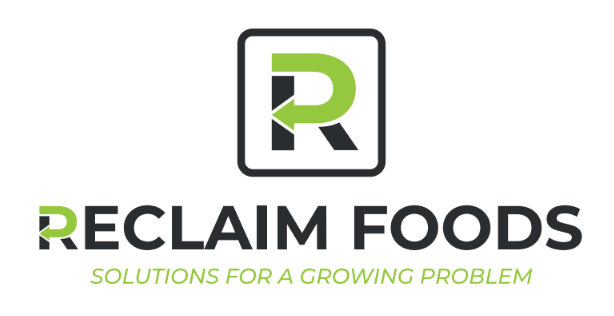Reducing food loss and waste (FLW) presents opportunities to:
- address climate change
- increase food security, productivity and economic efficiency; and
- conserve energy and other resources.
In Australia, we have a productive and profitable food and agribusiness industry that produces enough food to feed 3 times our population[1]. Australian agriculture contributed to the economy $71 billion in 20-21[2] which is equivalent to 2.3 per cent of total gross domestic product.[3] Despite this success, there is an estimated $36.6 billion lost to the Australian economy each year due to food waste.[4]
Reducing FLW can be a triple win: for the economy, for food security and for the environment. But what is the business case? The underlying logic is relatively basic. It takes financial resources to grow, harvest, store, process, transport, market and purchase food. Therefore, when food exits the food supply chain before reaching its intended use – consumption by people – some entity is not recouping a return on the investment it made.
For example, when a tomato crop has pest or disease damage the grower incurs a financial loss because the produce is not salable. The same situation occurs when a food manufacturer procures raw ingredients and a portion of it spoils or spills during processing. Consequently, the manufacturer will make a loss on the amount that has been wasted. The same situation occurs for supermarkets with unsold fresh bread; the retailer doesn’t capture a financial return on the ingredients, energy and staff time spent baking the bread. Similarly, when consumers throw out food they have purchased, but not eaten, they are essentially throwing away their money. What’s more, some businesses incur additional costs associated with using a waste management company to collect food waste or a tipping fee for landfill.
However, FLW prevention comes at a cost too. It requires money to identify FLW, to determine what actions are needed and to implement those actions. The cost of prevention can be incurred in retraining, staffing, consultants, new equipment, process redesigns or undertakings.
Therefore, for a business case to exist for reducing FLW, the financial benefit needs to exceed the financial cost. Is this possible? Well, yes. A recent study by World Research Institute and WRAP reviewed 1,200 businesses sites across 700 companies in 17 countries and found that nearly all the sites had a positive return on their FLW programmes. Half realised a 14-fold or more return. In short, for every dollar invested in FLW prevention, 14 or more were saved.[5]
Similar returns have been presented by FIAL in the National Food Waste Strategy Feasibility Study (2021). The study found that for every dollar invested in food waste prevention in Australia the average ROI is predicted to be over $7-10.[6]
This presents a lot of food for thought for many Australian businesses and consumers.
FLW is a problem that can be solved. It is important for governments, businesses, and consumers to know that there are very tangible reasons to act. We now have financial proof that reducing FLW not only benefits businesses, but also consumers. We need to use this evidence to drive innovation, to make our food system more sustainable, for businesses to thrive, and for all of us to save money.
[1] https://study.uq.edu.au/stories/australia-superhero-worlds-food-supply
[2] https://www.abs.gov.au/statistics/industry/agriculture/value-agricultural-commodities-produced-australia/latest-release
[3] https://data.worldbank.org/indicator/NV.AGR.TOTL.ZS?locations=AU
[4] https://www.dcceew.gov.au/environment/protection/waste/food-waste
[5] https://champions123.org/publication/business-case-reducing-food-loss-and-waste
[6] https://az659834.vo.msecnd.net/eventsairaueprod/production-impactenviro-public/b3277402ef294f628152046370fe17cf

